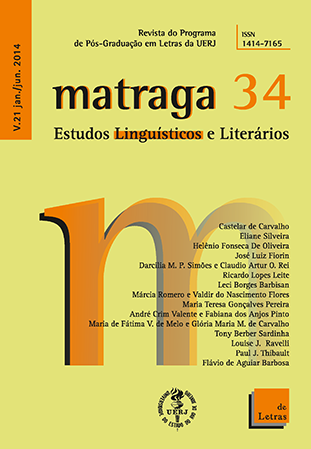ANALYSING SPACE: ADAPTING AND EXTENDING MULTIMODAL SEMIOTICS
Keywords:
meaning making, intersemiosis, three dimensional texts.Abstract
In the field of multimodal discourse analysis, one of the most exciting sites of application is that of 3D space: examining aspects of built environment for its meaningmaking potential. For the built environment – homes, offices, public buildings, parks, etc. – does indeed make meaning. These are spaces which speak – often their meanings are so familiar, we no longer hear what they say; sometimes, new and unusual sites draw attention to their meanings, and they are hotly contested. This chapter will suggest ways of analyzing 3D texts, based on the framework of Kress and van Leeuwen (2006). This framework, developed primarily for the analysis of 2D images, has been successfully extended to a range of other multimodal texts. Extension to the built environment includes Pang (2004), O’Toole (1994), Ravelli (2006), Safeyton (2004), Stenglin (2004) and White (1994), whose studies will inform the analyses presented here. This article will identify some of the key theoretical principles which underline this approach, including the notions of text, context and metafunction, and will describe some of the main areas of analysis for 3D texts. Also, ways of bringing the analyses together will be considered. The analyses will be demonstrated in relation to the Scientia building at the University of New South Wales, Australia.
Downloads
Downloads
Published
How to Cite
Issue
Section
License
Authorization
Matraga – Scientific Journal of the Post-graduate Program in Arts and Humanities of UERJ is authorized to publish the article submitted here, if it is accepted for online publication. It is attested that the contribution is original, that it is not being submitted to another publisher for publication, and that this statement is the expression of truth.
The works published in Matraga's virtual space – Scientific Journal of the Post-graduate Program in Arts and Humanities of UERJ will be automatically transferred, and your copyright is reserved to Matraga. Its reproduction, in whole or in part, is conditional on the citation of the authors and the data of the publication.

Matraga uses license Creative Commons - Attribution-Non-Commercial 4.0 International.





